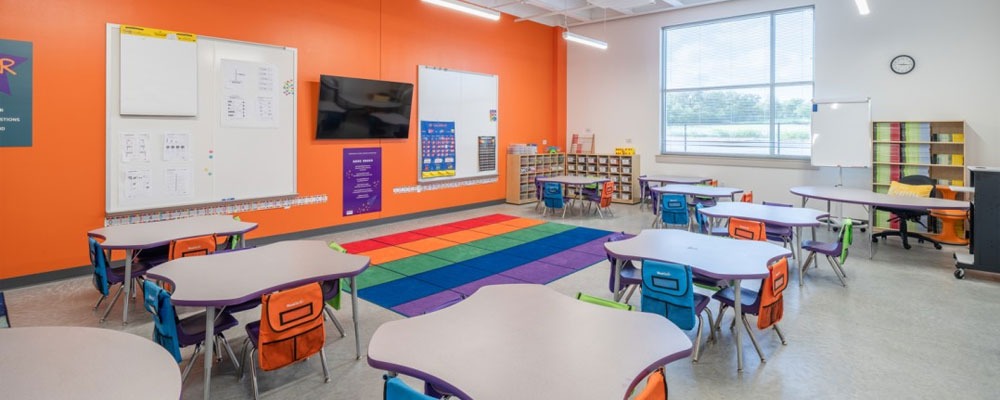
The experience and expertise of the instructors, the enthusiasm of the young learners, and the standard of the physical setting and atmosphere—the classroom—are the three essential components of successful learning, as everyone knows. The basic the learning environment or school furniture is the one that is most frequently overlooked among these.
The following advice must be considered when planning a school environment for the future in order to accommodate the needs and demands of the students:
Creating areas for mobility: To satisfy this need, it's critical to create open spaces outside or even inside classrooms with for example HPL free standing benches in schools.
Exercise equipment or playground equipment: To further address the need for physical activity or exercise, a space can be provided, this time alongside small gym equipment.
Multipurpose tables should allow students to use them for different purposes and change whether they can be used sitting or standing, just like in business offices.
Wheeled furniture, such as tables and chairs, provides for quick and silent flexibility.
areas where people can exchange ideas: essentially, encouraging group conversations. It is crucial that students have these areas where they can write and share ideas.
Flexibility: to improve the experience of teaching and learning.
Durability: contributes to the establishment of a familiar and hospitable atmosphere
Efficiency is what gives students the best feeling when they use well-written, sustainable articles.
The Nice Touch GT is a supplier that supplied cost-effective, cosy, and efficient school furniture in an effort to satisfy all of these demands! For example- HPL students lockers, HPL door for toilet, Urinal partition, etc.
1. Ergonomics Are Crucial:
Purchase furniture that encourages comfort and proper posture. Students of various sizes can find a comfortable fit with desks and chairs that can be adjusted.
For pupils who benefit from movement, think about alternate seating options like exercise balls or wobble chairs.
2. Adaptability is Essential:
Classroom reconfiguration is made simple with movable furniture. This encourages cooperation, group projects, and communication between teachers and students.
Seek out movable storage units, lightweight chairs, and tables with wheels.
3. Establish Various Learning Zones:
To create discrete spaces in a classroom, use furniture.
4. Adopt a Technology Integration Approach:
Select furnishings that enhance the use of technology. A smooth, tech-enabled learning environment is produced by desks with integrated power outlets or monitor stands.
5. Durability Is Important:
Invest in well-made, long-lasting furniture that can tolerate normal wear and tear. This makes the learning environment more stable and lowers replacement costs.
6. Remember to Store:
Sufficient storage minimises clutter and maintains the organisation of educational resources. Space can be maximised and classroom functionality improved with the help of shelves, HPL free standing benches in schools, cabinets, and mobile storage units.
7. Safety First:
Verify that every piece of furniture satisfies safety regulations and is devoid of any potential hazards or sharp edges.